Hooray for...Colegrove? Remembering Hollywood's Forgotten Neighbor
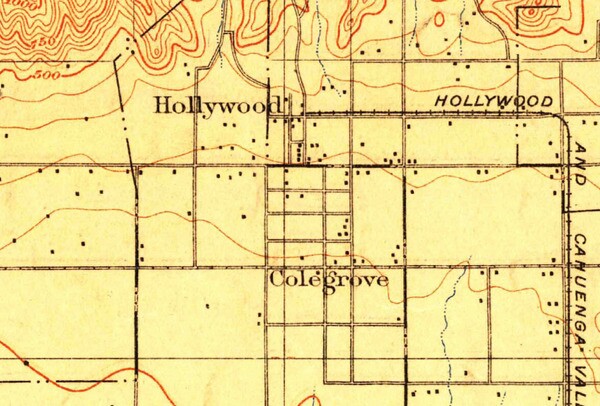
Glance at an old map of the Hollywood area like the one above and two things stand out. First, the land is remarkably empty. There are few roads and even fewer structures. Second, two separate towns appear where we would expect one: Hollywood, destined for stardom, and Colegrove, destined for obscurity. What happened to Colegrove?
The town of Colegrove began as a 500-acre payment for a former U.S. senator's political influence. In the 1870s, the Hancock family needed help confirming its title to the sprawling Rancho La Brea. In return for the legal services -- and political connections -- of Cornelius Cole, a onetime friend of Abraham Lincoln's, the Hancocks deeded over to Cole a 500-acre tract in the rancho's northeastern corner. Cole subdivided the parcel, named the new settlement after his wife (born Olive Colegrove), and relocated his family to a house on the northwest corner of Santa Monica and Gower, even as he remained with his law practice in San Francisco.
When a 66-year-old Cole retired in 1888 and finally moved to Colegrove himself, Southern California was in the grips of a speculative land boom that gave rise to dozens of new real estate subdivisions in his town's vicinity: Prospect Park, Melrose, Piedmont, Cahuenga, Monte Vista, Wynetka, Morocco, and -- on the doorstep of Colegrove -- the town of Hollywood.
Founded by Horace and Daeida Wilcox in 1887, Hollywood instantly became Colegrove's greatest rival. The two towns shared a border along Sunset Boulevard, with Hollywood to the north and Colegrove to the south. At first, they also shared churches, schools, and a mailing address. (Colegrove opened the Cahuenga Valley's first post office in 1884.) But tension between the communities ran high.
Tired of traveling each Sunday to Colegrove's episcopal church, where her family and Cole's had long worshipped together, Hollywood co-founder Daeida Wilcox Beveridge (she had remarried after her first husband's death) persuaded the rector and his congregation to move to a new site in Hollywood in 1903. Cole sued to stop the move. He lost. Around the same time, the two towns clashed over the crowded Pass School, which served children from both communities. Another legal dispute centered on a Hollywood drainage ditch that deposited its muddy runoff into Colegrove. Hollywood declared its independence by opening its own post office and shedding its Colegrove mailing address.
Despite its difficulties with its neighbor to the north, Colegrove thrived. In 1907 the Los Angeles Pacific Railway reached Colegrove, connecting the town with Los Angeles by electric trolley. As the town's population swelled, its vast lemon groves gave way to houses. But citriculture continued to sustain the town; in 1906, for instance, it was still home to 285 acres of lemon groves, and that year Colegrove Lemon Exchange dispatched some 17.4 million lemons to places like Minneapolis and Omaha in refrigerated railcars.
Though it considered following Hollywood's lead by incorporating as an independent municipality, Colegrove ultimately opted to join the ever-expanding metropolis of Los Angeles, lured by the promise of Owens Valley water and reliable fire protection. On Oct. 19, 1909, the town's residents voted 84-22 in favor of annexation. Colegrove -- along with other subdivisions in what was known as the Colegrove Addition -- became part of the city of Los Angeles.
The following year, Hollywood joined Colegrove by consolidating with Los Angeles. Unlike Hollywood however, Colegrove soon lost its identity as a separate neighborhood. Prior to annexation, the town had referred to its main road as Colegrove Boulevard. But after annexation, Los Angeles insisted that the street be named Santa Monica Boulevard. Real estate brokers began selling Colegrove lots as "South Hollywood" property as Hollywood grew in glamour. Cartographers soon dropped the name "Colegrove" from their maps. By the 1920s, Colegrove had become simply the southern part of Hollywood.
Today, few traces of Colegrove remain apart from a handful of streets like Willoughby Avenue and Seward Street that bear the Cole family's names. Only one structure from Colegrove's era as an independent community still stands: the Orchard Gables Cottage, a house built in 1904 whose street address -- 1277 Wilcox -- refers to the founders of Colegrove's bitter rival.
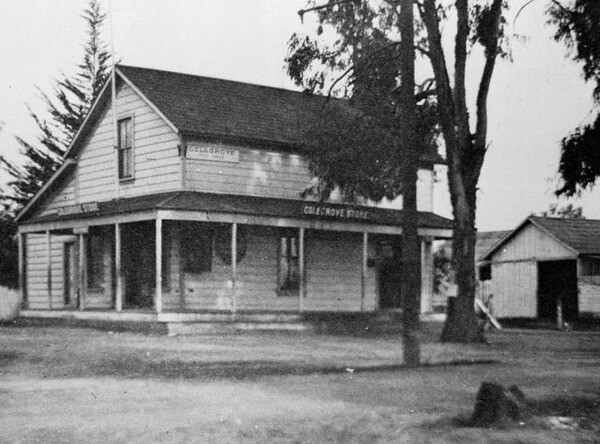
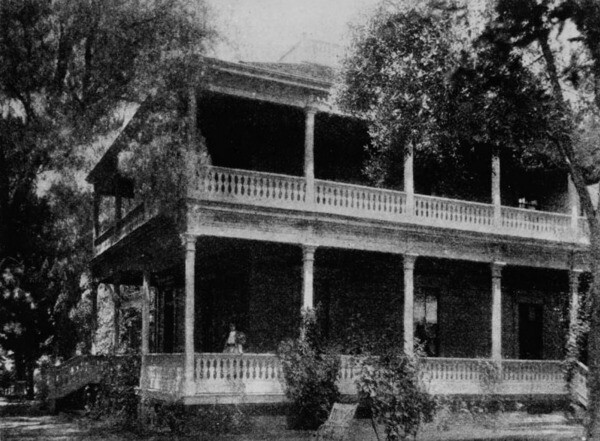
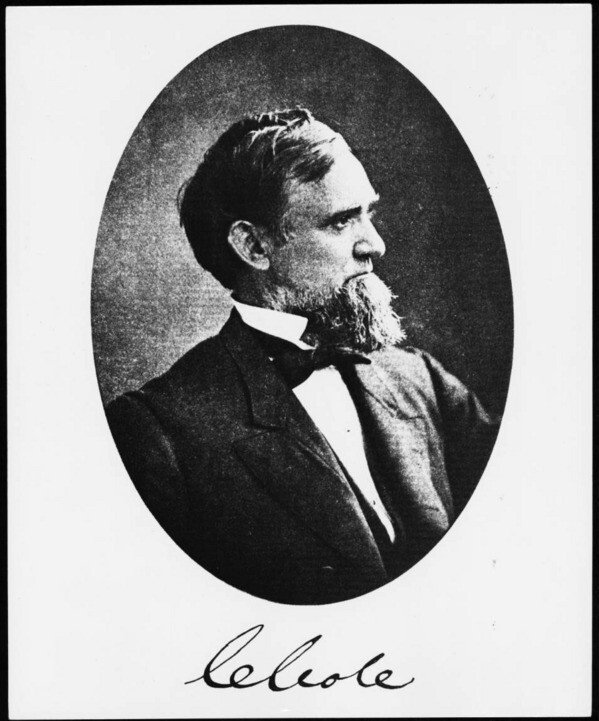

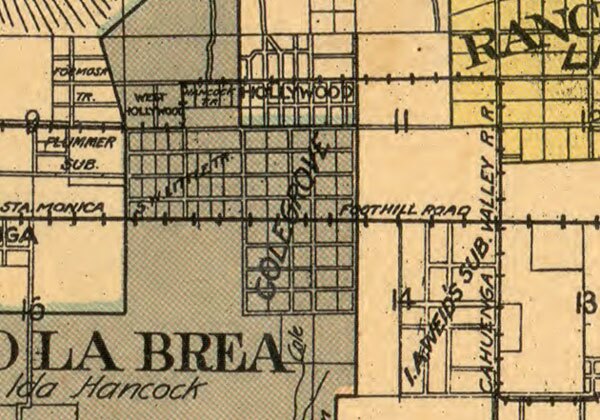
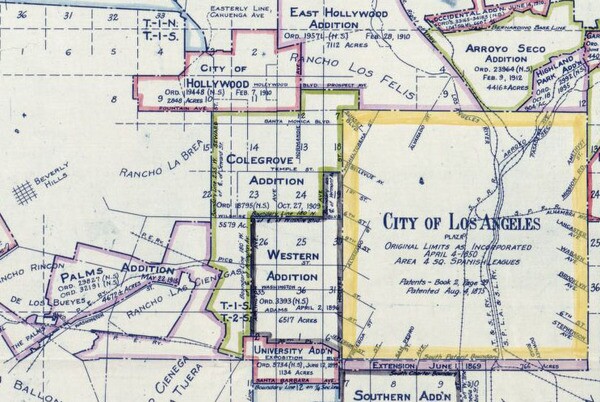

L.A. as Subject is an association of more than 230 libraries, museums, official archives, cultural institutions, and private collectors. Hosted by the USC Libraries, L.A. as Subject is dedicated to preserving and telling the sometimes-hidden stories and histories of the Los Angeles region.


